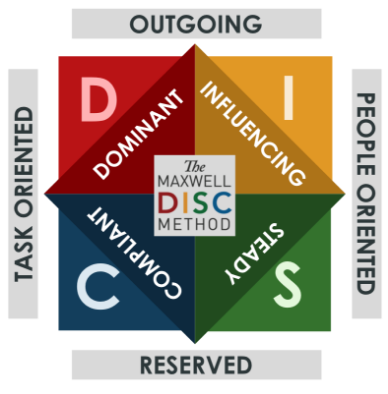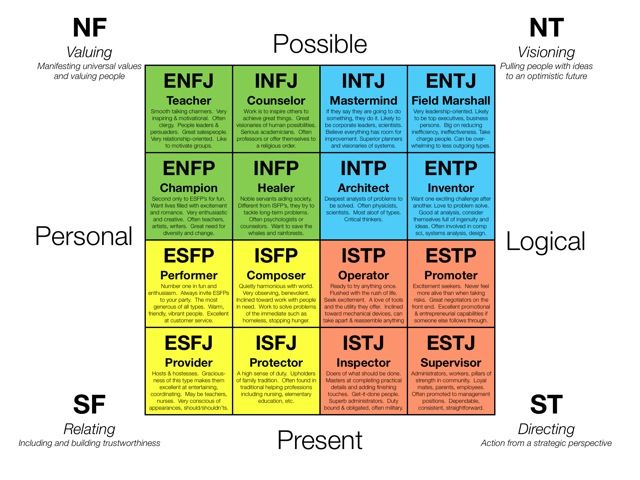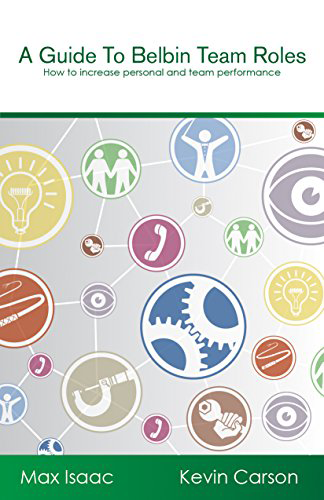Like many consulting
and coaching firms
and coaching firms
Establish an initial baseline
From there, we can jointly define the client’s strengths, areas to improve, and next steps.
- We have several PBI proprietary organizational assessments
- We use the Belbin Team Roles® assessment for teams.
- We use several other assessments (DiSC, CliftonStrengths®, Enneagram, and MBTI®) for both individuals and teams.
The team and individual assessments are sometimes called inventories in that there are no right or wrong (or no good or bad) answers.
Instead, they allow for self-learning and development as well as productive conversations and planning between team members.
-

DiSC – The MAXWELL DiSC Method
The DiSC is a communications and behavioral styles inventory. Through individual and team coaching, you can better understand yours and other’s styles and adjust to be more effective.
Many organizations now use and benefit from the DiSC’s value in showcasing the differences in how we think, communicate, and act in the workplace.In this inventory people are assessed across four dimensions:- Dominant/Driver
- Influencing/Inspiring
- Steady/Stable
- Correct/Compliant
Teams in particular can benefit from taking and doing a group interpretation of the DiSC. Through guided exercises individuals can learn their preferred communication style(s) as well as that/those of others and the significant “do’s and don’ts” that go along with each.back to top -

CliftonStrengths®
(formerly StrengthsFinder)The CliftonStrengths® is an instrument perfected by many years of research by the Gallup Organization. It identifies individual strengths/talents and how to use those to build cohesive and collaborative teams.
They have identified 34 “strengths” that people have in varying degrees. Think of these as your “natural talents” which get refined with practice, feedback, and experience.
Recent research and several well-known books highlight the advantage that comes from focusing on people’s strengths rather than trying to solely “fix their weaknesses”. This assessment provides the user with either a report of their top 5 Signature Strengths or the entire 34 rank-ordered. By focusing training, coaching, and other developmental efforts on talents, we grow our strengths even stronger.
We have found that CliftonStrengths® is a particularly valuable tool in teambuilding or when leading an organization away from a negative culture to a more positive, respectful one. In that situation, we combine CliftonStrengths® with establishing/implementing/reinforcing organizational core values. Individually and with small natural teams, we can focus the discussion on each other’s strengths, how the team can leverage those, and create action plans for accountability and follow through.
back to top -
The Enneagram
The Enneagram has been called a “personality inventory on steroids”. It is used to facilitate self-awareness, personal development, and improve workplace interpersonal dynamics. In addition to personality, it helps showcase our core fears, motivations, desires, strengths, blind spots, and stressors.
The instrument consists of nine interconnected personality types. Each has a number representing a personality and mindset. We have a basic “dominant type” from birth although we are likely to have pieces of ourselves in adjacent types called “Wings”.
The Enneagram is a deep and revealing instrument. It features three “Centers” (groups of three personality types) that describe our typical emotional responses to stress. As well, there are “Levels of Development” that can help us baseline ourselves and move up the Unhealthy -> Average -> Healthy chain.
The tool is used in both a business context (workplace interpersonal dynamics) and a spiritual one (enables us see the gifts we have to offer each other when we are living as our true healthy self; identifies unhealthy places and habits we are likely to default to when we feel stressed or afraid.) In both settings it is a powerful means for facilitating self-awareness and development.
back to top -

Myers-Briggs Type Indicator (MBTI®)
The Myers-Briggs Type Indicator® (MBTI®) is a popular personality inventory. Many people use it to understand themselves and apply it to their personal life. In work settings, it is used to understand each other’s “lens” and their perspective for viewing work or the world.
In this inventory people are assessed along four continuums:
- Extraversion/Introversion
- Sensing/Intuition
- Thinking/Feeling
- Judging/Perceiving
As shown in the graphic on the right, the results are presented in 16 possible combinations, each having a unique explanation.
We have found that some people use the MBTI® as a “language” or a shortcut to communicate with each other. We use this tool together with others listed on this page to help teams and organizations communicate, collaborate, and trust each other better to build enduring excellence.
The book “Type Talk at Work” is a great resource that provides a workplace context to the MBTI.
back to top -

Belbin Team Roles
The Belbin Team Roles ® is a team composition assessment. Teams use it to ensure that all skill sets are appropriately represented on their team.
It’s based on the theory that teams full of similar people perform worse than teams with other planned criteria. The instrument describes nine skill sets that, in the proper combination, position a team for high performance. Ideally, a mix of all nine are present.
Each of the nine skill sets has a role definition, strengths, allowable weaknesses, and a “don’t be surprised to find that” concern.
We see the Belbin Team Roles® most effective in building and/or adjusting the team membership. In Good to Great, Jim Collins talks about “getting the right people on the bus and in the right seat”. Managers can use the Team Roles to ensure team members are assigned roles to match their strengths.
Secondarily, the instrument can help individuals understand their role and its contribution/value to the overall team mission and vision. Finally, team members can understand each other and their roles and act with a more deliberate “Internal Customers” mindset.
back to top
